This technique is often done in hand building since it is a little harder to prevent overworking and too much blending of the colors on the pottery wheel.
When I wrote the notes in the book that I compiled with articles from Ceramics Monthly, a few artists that was included in the book was Naomi Lindenfeld, Cory Brown (who laminated porcelain on stoneware clay) and Chris Campbell, who is mostly a hand builder and instructor in colored clay. My notes was loosely based on my general knowledge of clay compatibility. Little did I know that it will circle around in my study field a year later. How I used the awarded fellowship. |
| | |
| | |
My observations this far is interesting:
- When light and dark clays are mixed, it is very easy for the dark to overpower the lighter color.
- Drying stages will reveal color better than when the clay is still wet.
- It is possible to manipulate pinch pots into twin pots when the original clay ball is divided in 2 exact equal parts.
- It is very easy to overwork the clay and eliminate the color contrasts.
- The deeper scraping, the more color reveal..... or eliminate.
Questions on my mind:
- How can I incorporate color clay into my own work style, without getting to far of from my style.
- How can I keep the message simple, but intricate at the same time.
- How will I develop a distinct color pattern without stepping into the field of potters like Curtis Benzle, Judith de Vries and Maria ten Kortenaar.
TeachinArt Online classes
Antoinette Badenhorst teaches porcelain classes as well as other pottery classes online with TeachinArt She has 40 years of experience is teaching and mentoring potters of all ages. Antoinette has been an online instructor since 2014 with students in 41 countries. She also teaches hands- on workshops in countries across the globe. Below are a few images from her workshops online or otherwise.
Curtis Benzle has two classes with TeachinArt:
Colored Clay is his charter class.
All Artists making a living (AAMAL) is a comprehensive study in which Curt goes through the nitty gritty trouble and solutions that artists run into every day. He provides detailed information about art and the law and how to make the law work for you instead of the lawmaker. He address marketing and sales issues in art and how to make it work, even when you are shy to sell your own work or services. Curt goes to the core of what make artists fail or become a success story. Whether you are the most talented or a mediocre artist, without identifying all the ways to "climb the ladder", success will always be one heartbeat away, unless you work to get it.
With his 50 + years of experience in clay and art in general, many many students learned from him.
Colored Clay is his charter class.
All Artists making a living (AAMAL) is a comprehensive study in which Curt goes through the nitty gritty trouble and solutions that artists run into every day. He provides detailed information about art and the law and how to make the law work for you instead of the lawmaker. He address marketing and sales issues in art and how to make it work, even when you are shy to sell your own work or services. Curt goes to the core of what make artists fail or become a success story. Whether you are the most talented or a mediocre artist, without identifying all the ways to "climb the ladder", success will always be one heartbeat away, unless you work to get it.
With his 50 + years of experience in clay and art in general, many many students learned from him.
The images below shows some of the art pieces that Curtis did in a production business.
One of the signature pieces by Curtis Benzle. The image landed on the cover of Ceramics Art and Perception as part of the article "Porcelain a diverse medium for Modern Times" by Antoinette Badenhorst.
2 Comments
Blog
Categories
All
Agateware
Arts Integration In Schools
Begin A Pottery Business
Clay Flute
Clay Slabs For Dinnerware
Destruction Of Art Or Creating Art
Figurines
Kilns Suitable For Porcelain
Kitchenware
Mississippi Arts Commission Fellowship Report
Ocarina
Pinching Clay
Porcelain Tips
Porcelain Workshops
Pottery In Pretoria
Salt In The Pitfire
Throwing On The Pottery Wheel.

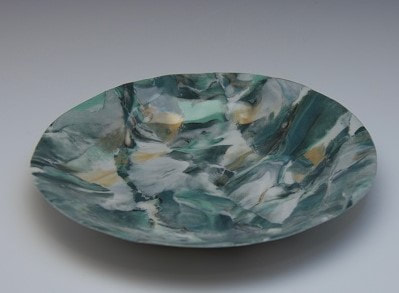
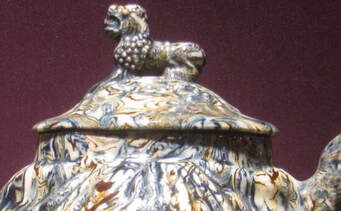
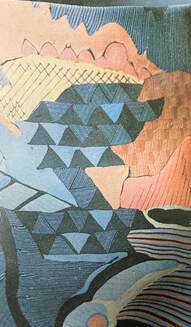

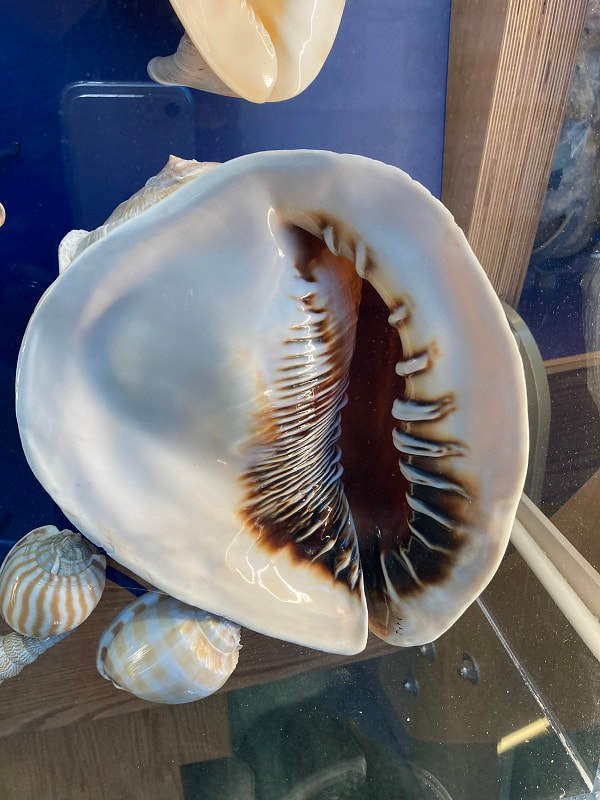

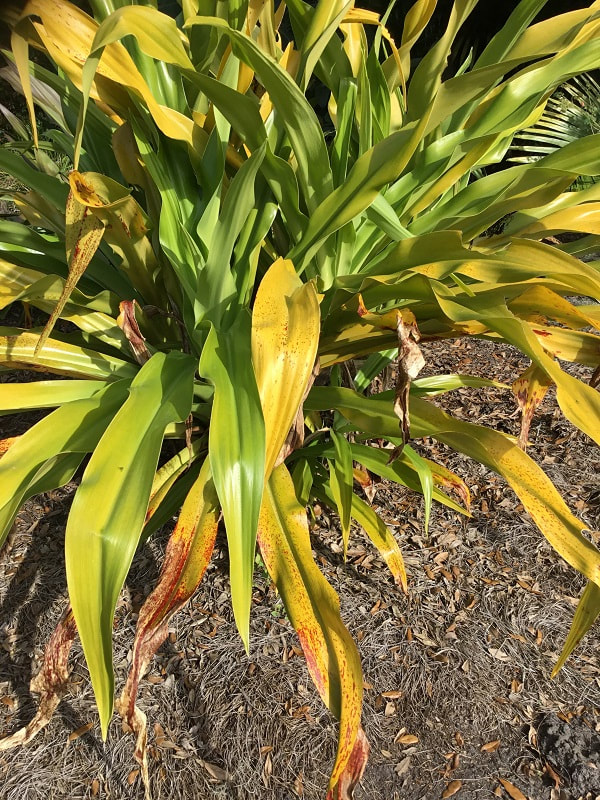
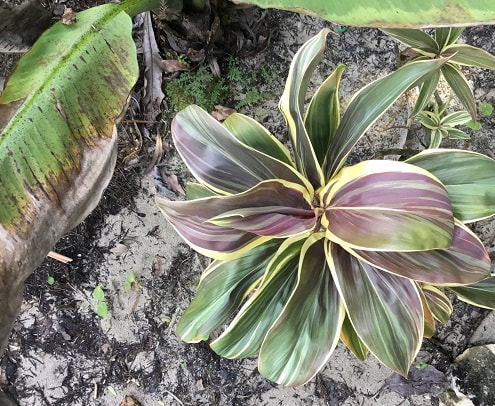

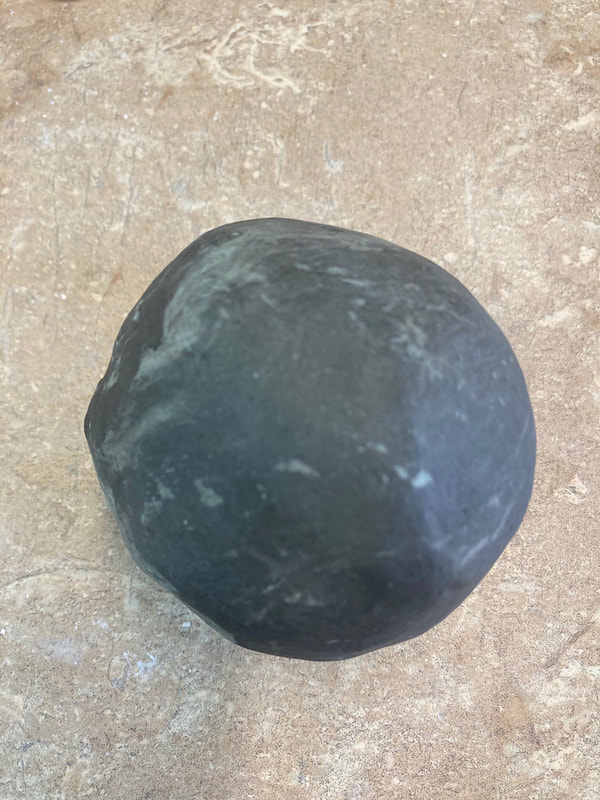
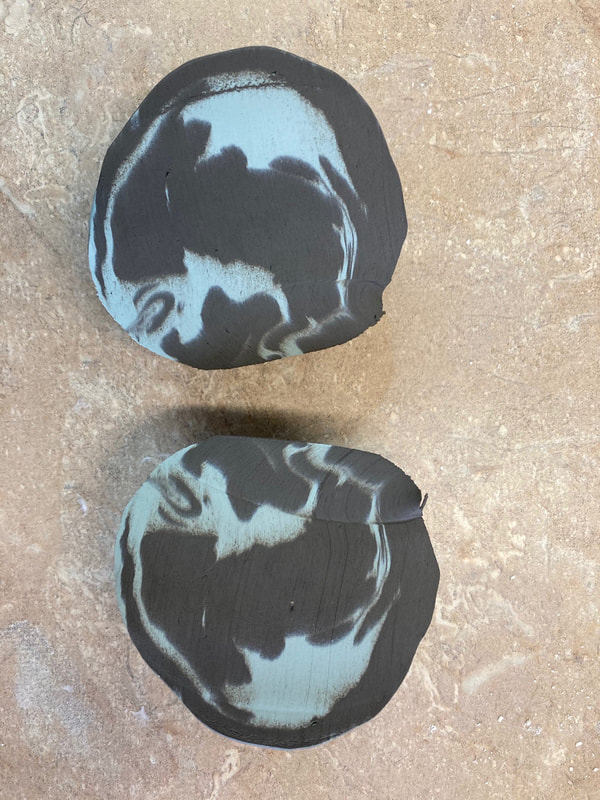
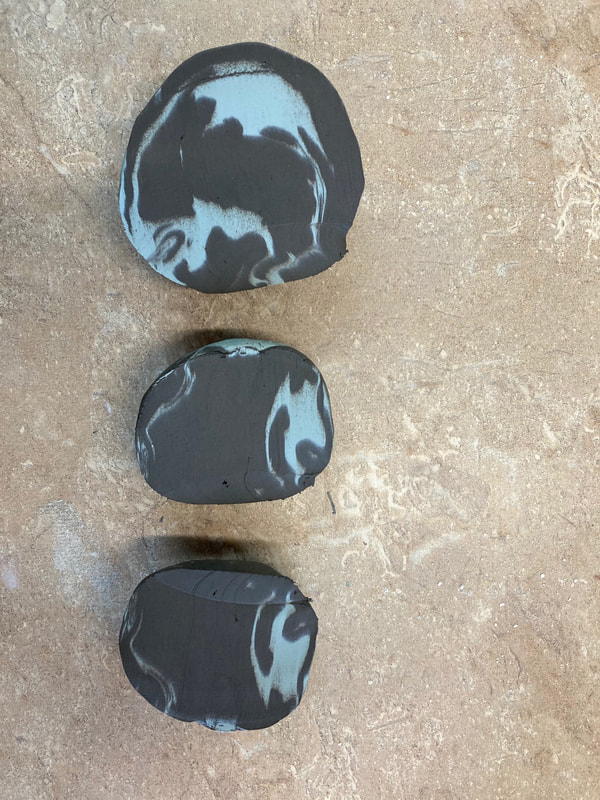
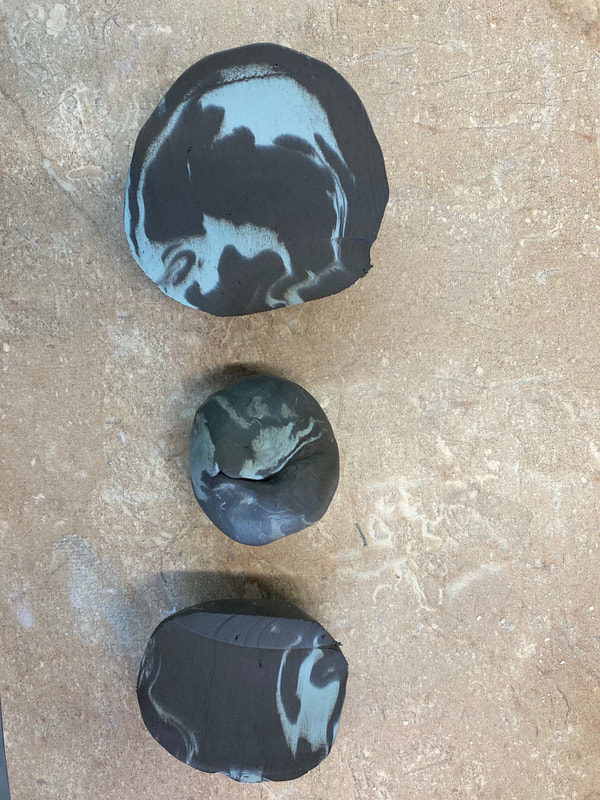
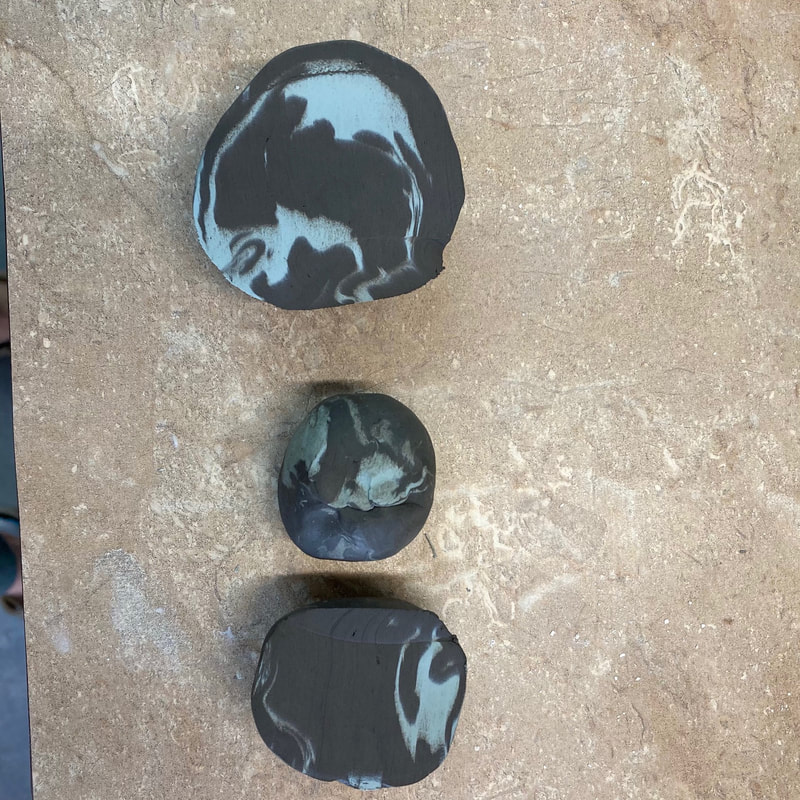
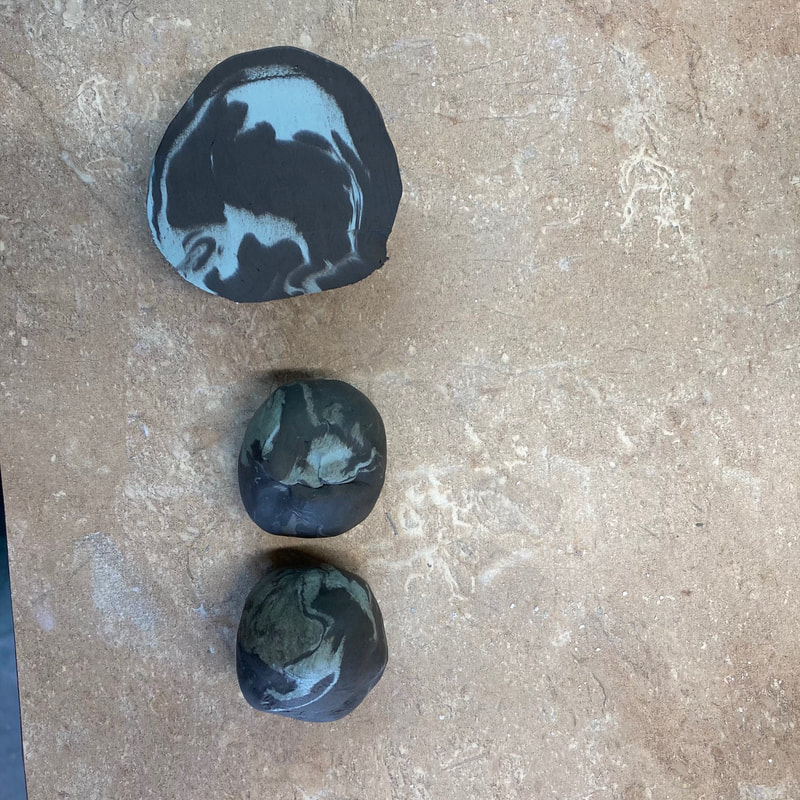
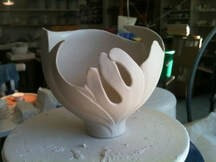
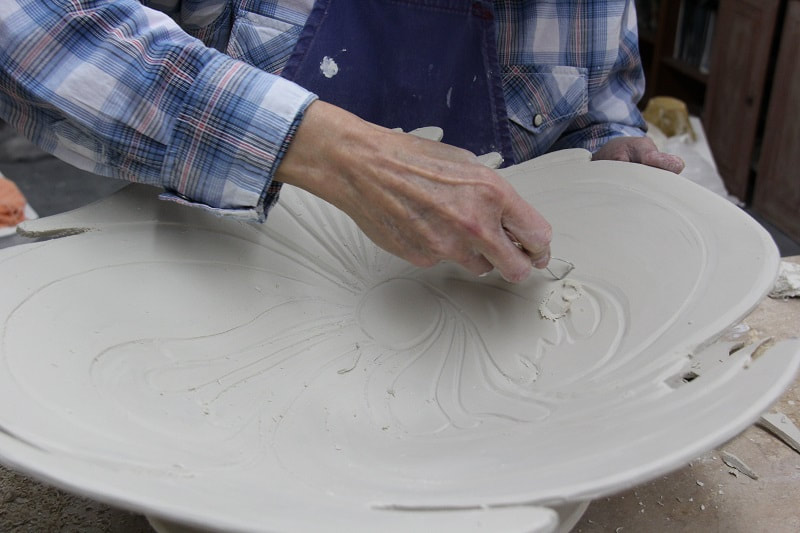
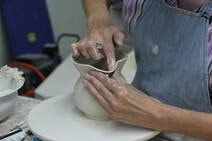
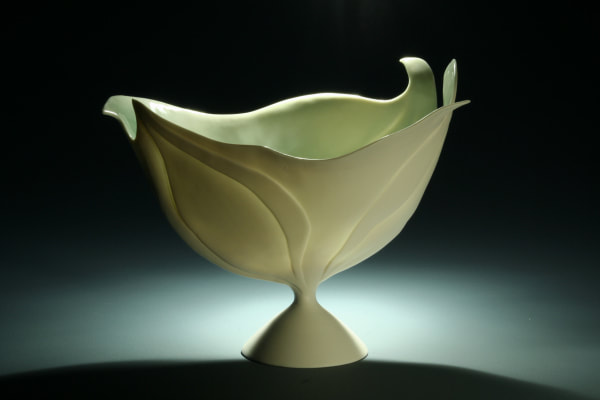


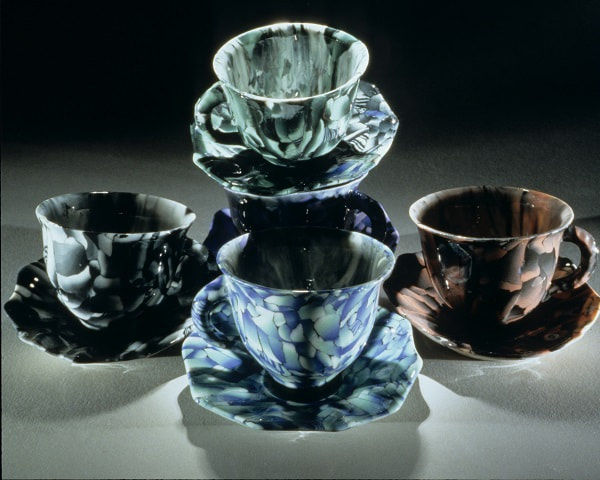
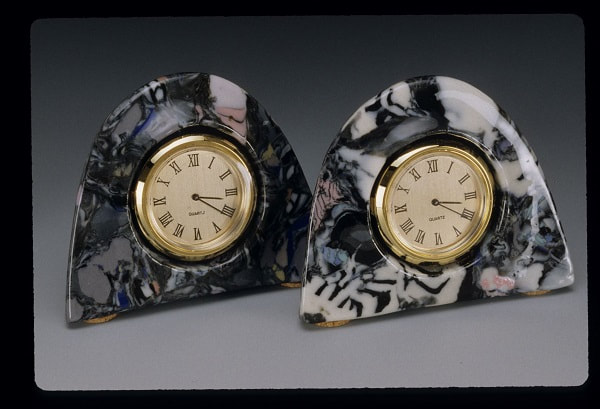
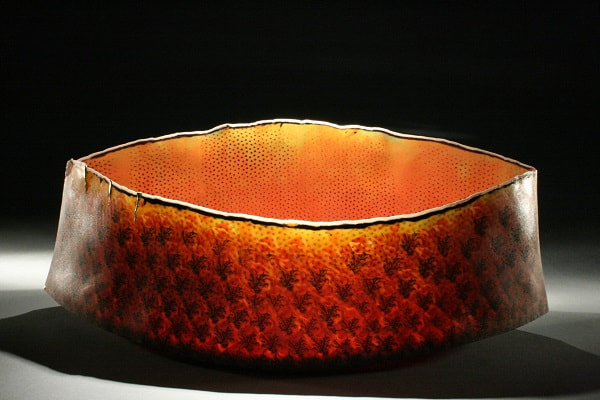
 RSS Feed
RSS Feed